Single Superphosphate Fertilizer
Our single superphosphate fertilizer is a product from TAK and it contains macronutrients that are crucial to fueling plant growth and development.
- Superphosphate fertilizer contains a high amount of phosphate.
- The three main macronutrients are nitrogen, phosphorus, and potassium. Of these, phosphorus drives flowering and fruiting.
- Fruiting or blooming plants can be encouraged to produce more of either (nitrogen and potassium) if given superphosphate.
What is superphosphate?
- Whether you want more tomatoes, or bigger, more bountiful roses, or any bountiful crop production, superphosphate can be the key to success.
- Single superphosphate is reputable for increasing root development and helping plant sugars move around more efficiently for quicker ripening.
- Its more common use is in the promotion of larger flowers and more fruits.
- There are two main commercially available types of superphosphate: regular (or single) superphosphate and triple superphosphate.
- Both are derived from insoluble mineral phosphate which is activated into a soluble form by an acid. Single superphosphate is 20 percent phosphorus while triple superphosphate is around 48 per cent.
- It is commonly used on vegetables, bulbs and tubers, blooming trees, fruits, roses, and other flowering plants.
When to use Superphosphate
- The best time to use superphosphate is direct during planting. This is because it promotes root formation. It is also useful when plants are beginning to fruit, supplying nutrients to fuel larger fruit production.
- During this period, use the nutrient as a side dressing.
- As for the actual timing, it is recommended that the product is used every 4 to 6 weeks during the growing season.
- In perennials, apply in early spring to jump-start healthy plants and blooming.
- Because superphosphate may tend to acidify the soil, using lime as an amendment can restore soil pH to normal levels.
How to Apply Superphosphate
- When using a granular formula, dig small holes just at the root line and fill them with equal amounts of fertilizer. This is more efficient than broadcasting and causes less root damage.
- One handful of a granular formula is approximately 1 ¼ ounce (35 gr.). If you are preparing soil prior to planting, it is recommended that 5 pounds per 200 square feet be used (2.27 k. per 61 square m.).
- For annual applications, ¼ to ½ cup per 20 square feet (284 to 303 g. per 6.1 square m.).
- When applying granules, be sure none adhere to leaves.

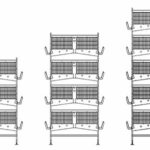


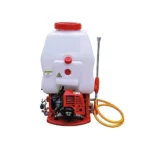
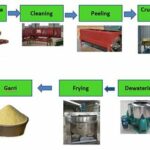
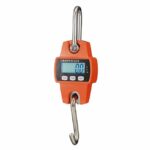
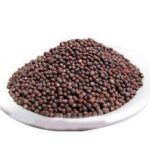





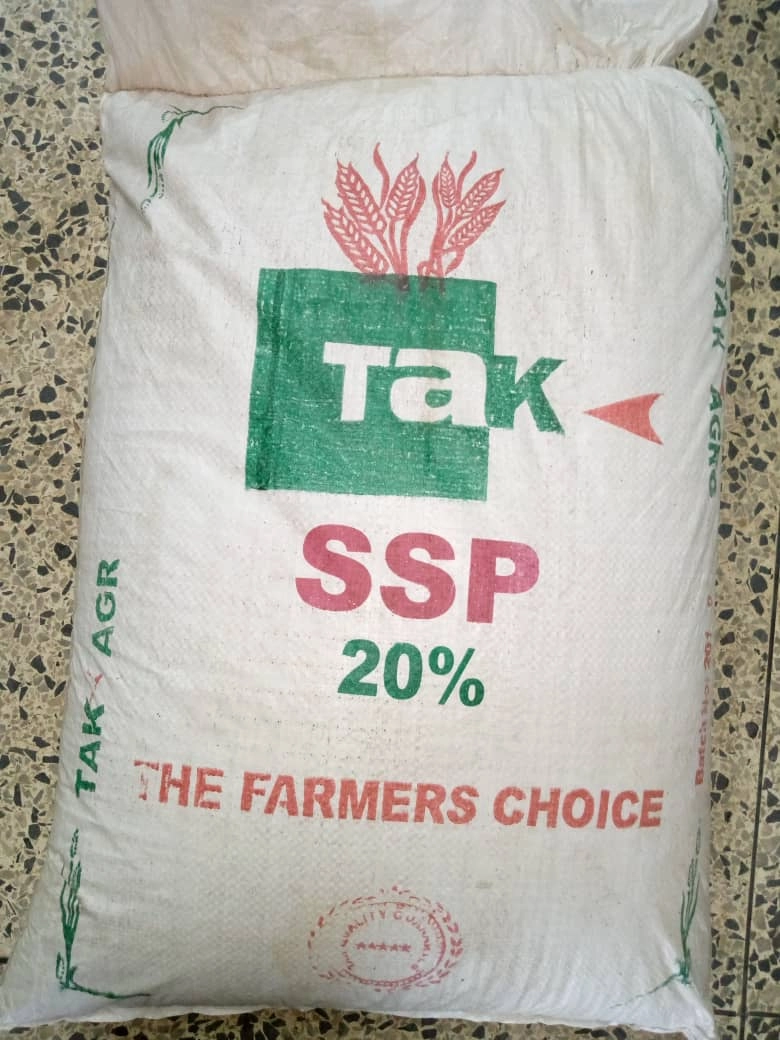
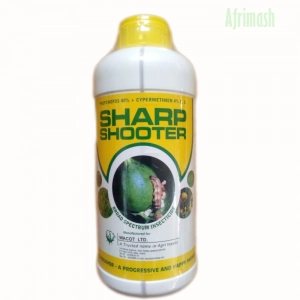

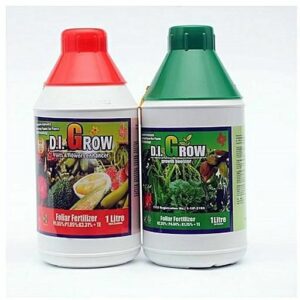
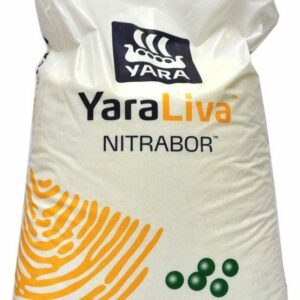
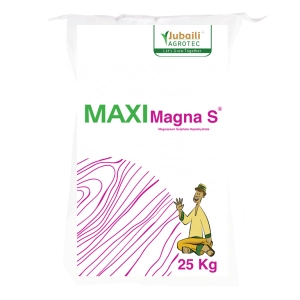
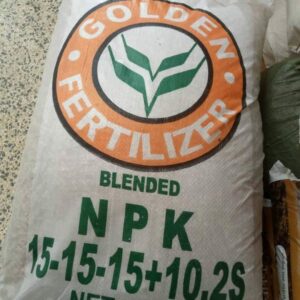
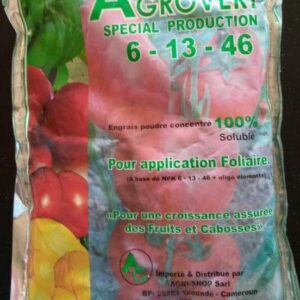
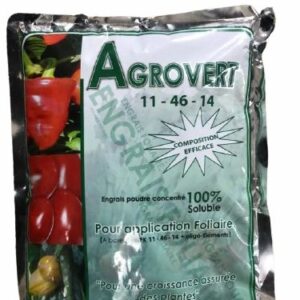
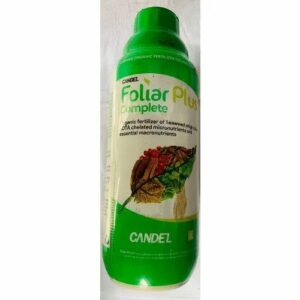

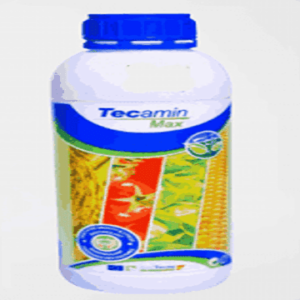
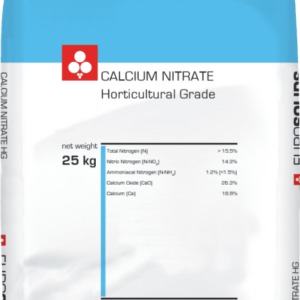
![NPK Fertilizer (NPK [S] 15-15-15 [10.2] | 50kg Bags | Wacot Brand)](https://afrimash.com/wp-content/uploads/2023/08/wacot-npk-15-15-15_11zon-300x300.png)
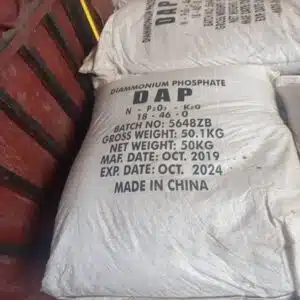
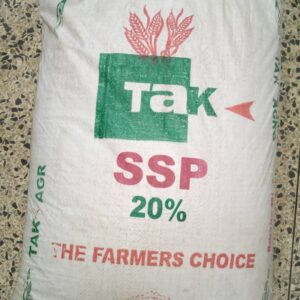
Reviews
Clear filtersThere are no reviews yet.